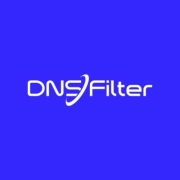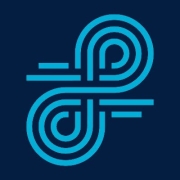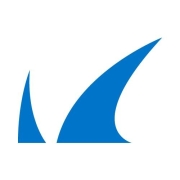Web Content Filtering helps organizations manage internet access by blocking or allowing certain content to protect users and data. It's crucial in maintaining security, enhancing productivity, and enforcing corporate policies.
These solutions offer an advanced approach to controlling web access, leveraging databases of categorized URLs to effectively block harmful sites while allowing safe access. This technology can be implemented through both software and hardware solutions, providing flexibility in deployment according to organizational needs and scale. A well-deployed system balances security and business demands, ensuring users are protected while accessing necessary resources.
What key features should be considered?In industries such as healthcare and finance, Web Content Filtering is essential to safeguard sensitive information from unauthorized access and ensure compliance with stringent data protection regulations. Educational institutions use these solutions to create a safe online environment for students.
Organizations find Web Content Filtering helpful as it offers a proactive measure against cyber threats, enhances control over web traffic, and supports policy compliance, making it a fundamental tool in corporate security strategies.
| Product | Market Share (%) |
|---|---|
| DNSFilter | 10.7% |
| Smoothwall Filter | 9.2% |
| Lightspeed Filter | 8.1% |
| Other | 72.0% |





























Most firewall providers offer web content filters as a built-in feature, delivered as hardware or software solutions. Content filters work by enhancing cybersecurity and implementing security policies about the use of the corporate network.
Web content filters apply predetermined rules to identify harmful websites users may seek access to. The filter usually sits in the firewall, between the public internet and the corporate network. The content filter identifies objects within images or keywords and groups them into the categories it should prevent access to, such as adult, gaming, gambling, streaming, and so on. When the filter finds a match from a website that is seeking access, it blocks the access.
Web Content Filtering solutions can significantly reduce network bandwidth consumption by blocking access to bandwidth-heavy sites and applications that are not necessary for business operations. By filtering out streaming video, social media, and other non-work-related content, network resources are conserved for critical tasks. This can improve overall network performance, leading to faster data transfer rates and reduced latency for business-critical applications.
What are the benefits of cloud-based Web Content Filtering?Cloud-based Web Content Filtering offers several advantages, including scalability, easy deployment, and remote management. You can avoid the costs and maintenance associated with on-premise hardware while enjoying seamless updates and real-time threat intelligence. This approach allows your IT team to manage policies and monitor internet usage from anywhere, ensuring consistent protection regardless of employees' physical locations.
How can Web Content Filtering improve employee productivity?By limiting access to non-work-related sites and applications, Web Content Filtering boosts employee productivity. It minimizes distractions caused by social media, gaming, or streaming platforms during work hours. With focused employees, productivity increases and company objectives are met more efficiently. This also helps establish a professional work environment even in remote or hybrid setups.
What considerations should be made for compliance with Web Content Filtering?When implementing Web Content Filtering, it's vital to comply with legal regulations and industry standards. Consider data privacy laws and ensure that user data is handled responsibly. It's important to establish clear policies and obtain consent from employees to avoid legal issues. Compliance may also involve regular audits and documentation to demonstrate adherence to regulatory requirements.
Can Web Content Filtering solutions protect against malware?Web Content Filtering solutions provide a layer of protection against malware by blocking access to malicious websites before they can compromise your network. They use threat intelligence databases to recognize potentially harmful URLs and prevent users from interacting with them. This preemptive measure reduces the risk of malware infections, safeguarding sensitive data and maintaining business continuity.